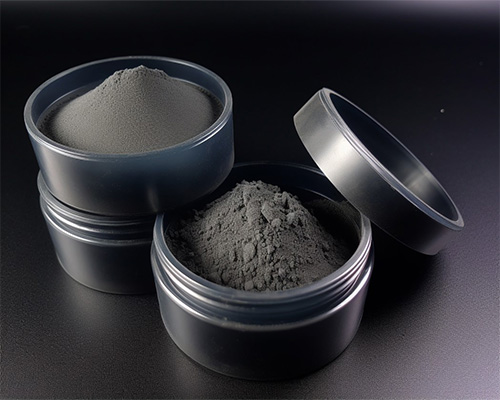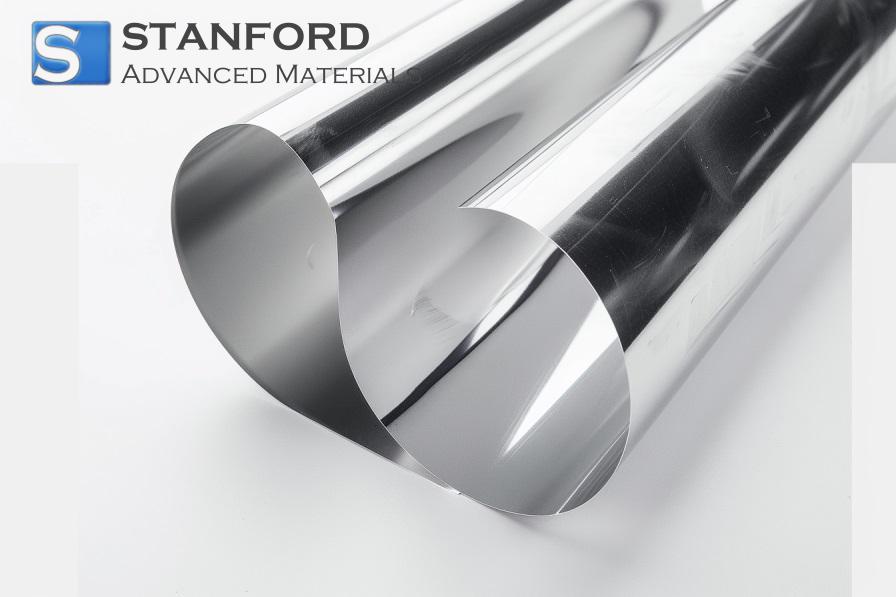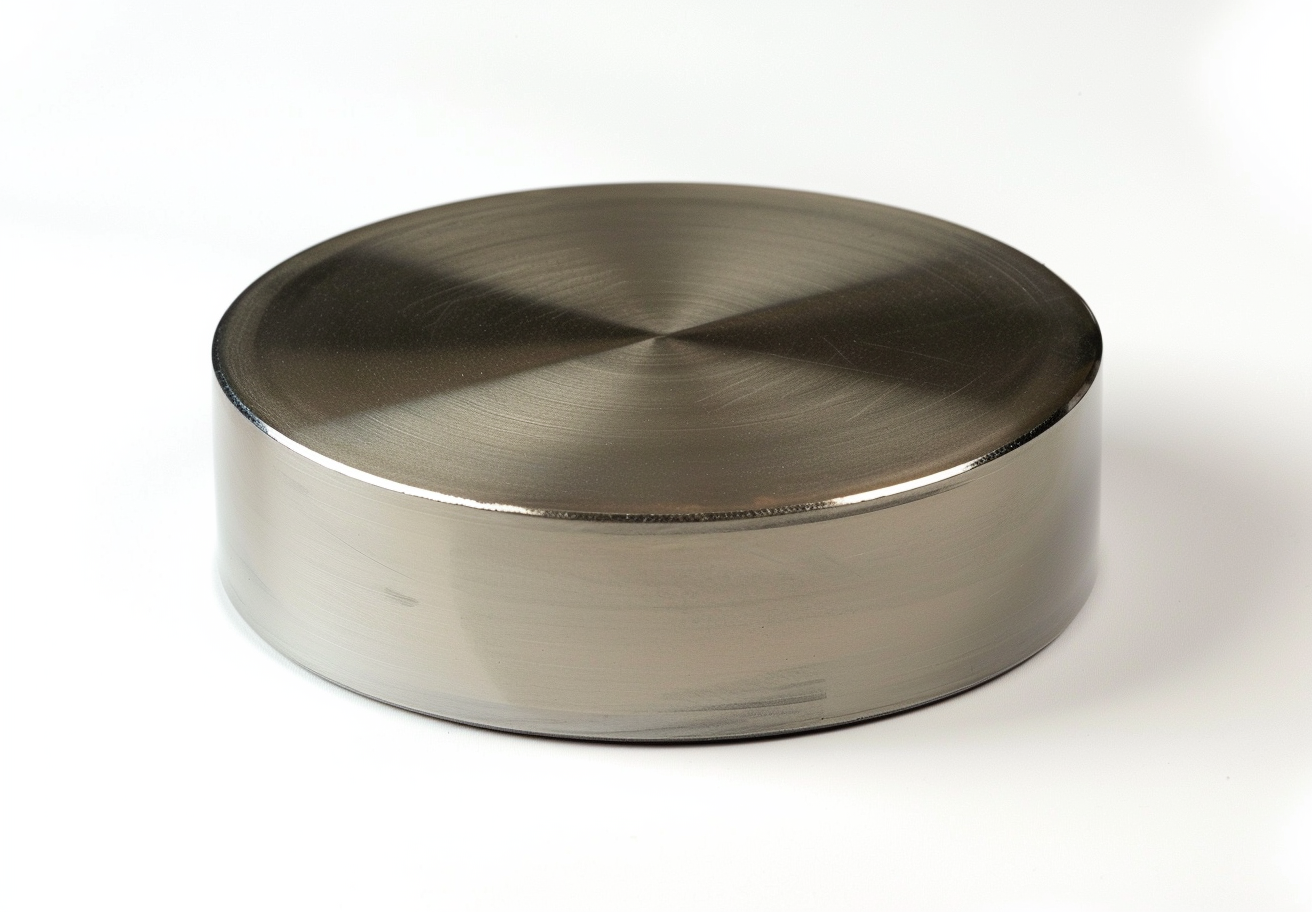The Overview Of Metal Tungsten Powder
Wolframpulver is a grey‐black, metallic lustrous material with a body‐centred cubic crystal structure. It exhibits high hardness and a high melting point and is not oxidised by air at room temperature.
The purity of conventional tungsten powder is 99.95 %. The remaining impurities affect both the processing and the performance of the product. Among these, Ca, Mg, P, As, Si, S, Fe, Ni, Cu, Al and Mo reduce the strength of tungsten alloys, whereas K and Na promote the formation of tungsten carbide particles. V and Cr further induce continuous particle growth.

Production of Metal Tungsten Powder
Tungsten powder is categorised by average particle size into ultra‐fine, general and coarse tungsten powder.
The production process for metal tungsten powder involves the hydrogen reduction of tungsten trioxide, the hydrogen reduction of tungsten halide, the carbon reduction of tungsten oxide or tungsten salt, the thermal metal reduction of tungsten oxide or tungsten salt, and the thermal dissociation of hydroxyl compounds. The hydrogen reduction of tungsten trioxide is the most established method and is widely applied in industry.
The reduction temperature, the tungsten oxide loading, the ship’s speed, the hydrogen flow rate and the moisture content of hydrogen influence the final particle size.
Besides particle size, additional important parameters include particle shape, surface characteristics, apparent density, flowability and compressibility. When the particle shape is irregular or dendritic, the mechanical interlocking between particles increases the strength of the unsintered compact.
Applications of Metal Tungsten Powder
Tungsten powder is the principal raw material for the manufacture of powder metallurgy tungsten products and tungsten alloys.
Pure tungsten powder may be processed into wires, rods, tubes, plates and other forms.
By mixing tungsten powder with other metal powders, a range of tungsten alloys can be produced, for example tungsten–molybdenum alloy, tungsten–rhenium alloy, tungsten–copper alloy and high‐density tungsten alloy.
Another significant application of tungsten powder is the production of tungsten carbide powder, from which carbide tools are manufactured, such as turning tools, milling cutters, drills and casting moulds.
Conclusion
We thank you for reading this article and trust that it has contributed to a clearer understanding of tungsten powder. If you wish to learn more about W products, please visit Stanford Advanced Materials (SAM) for further information.
Stanford Advanced Materials (SAM) is a global supplier of tungsten products and has over 20 years' experience in the manufacture and sale of tungsten powder. The company supplies tungsten products that meet the research and production requirements of its customers. Consequently, SAM is expected to be the preferred supplier of tungsten and business partner.

 Bars
Bars
 Beads & Spheres
Beads & Spheres
 Bolts & Nuts
Bolts & Nuts
 Crucibles
Crucibles
 Discs
Discs
 Fibers & Fabrics
Fibers & Fabrics
 Films
Films
 Flake
Flake
 Foams
Foams
 Foil
Foil
 Granules
Granules
 Honeycombs
Honeycombs
 Ink
Ink
 Laminate
Laminate
 Lumps
Lumps
 Meshes
Meshes
 Metallised Film
Metallised Film
 Plate
Plate
 Powders
Powders
 Rod
Rod
 Sheets
Sheets
 Single Crystals
Single Crystals
 Sputtering Target
Sputtering Target
 Tubes
Tubes
 Washer
Washer
 Wires
Wires
 Converters & Calculators
Converters & Calculators
 Write for Us
Write for Us



 Chin Trento
Chin Trento



